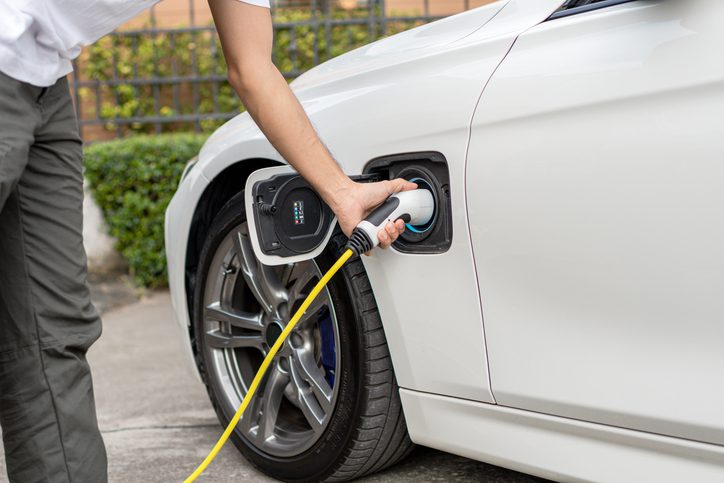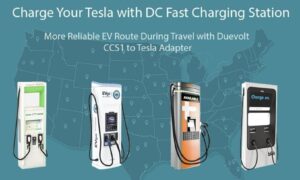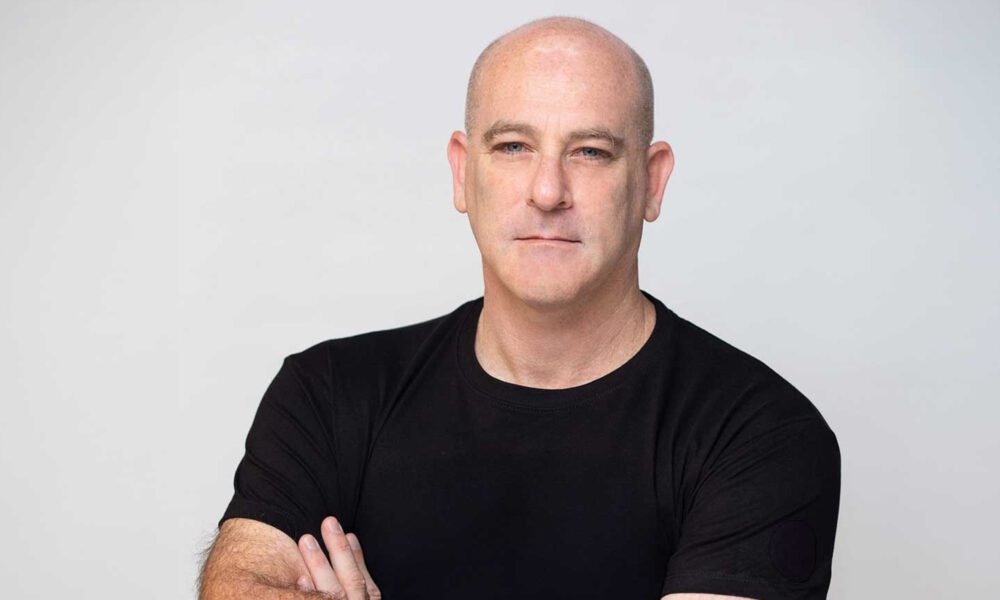You can feel the momentum of the electric movement. More electric cars on the road. More charge points on kerbs and in carparks. More emails from brands promising “fast, easy installs”. Before you click buy, take a step back and speak with a provider that covers full-stack electrical services. Better yet, get an experienced electrician to look at your switchboard, your cable routes, and your network plan. A clean design beats a rushed installation every time.
Fast Growth Meets Tight Standards
There’s an idea floating around that home charging is simply just another appliance. Not quite. A typical 7 kW single-phase wallbox or a 22 kW three-phase unit deserves the same care you’d give to a commercial plant. Dedicated circuits, correct breaker curves, fault protection that plays nicely with the charger’s internal electronics, and cable runs that won’t cook in summer. In short, the wiring must match the load, not the brochure.
Residual current protection is a good example. Mode 3 EVSE on a dedicated circuit often needs RCDs that handle smooth DC fault currents. Depending on the product, that can mean a Type B device upstream, or a coordinated Type A if the EVSE includes DC detection. Getting this wrong invites nuisance tips or, worse, missed faults that standards are designed to catch.
Cable sizing and protection also follow published frameworks rather than guesswork. Installations aligned with IEC 60364-7-722 are expected to use compliant components throughout. It sounds dry, but this is what keeps sites safe at scale and keeps warranties intact when something fails.
The Software is Part of the Installation
Most failures the public sees are physical. Overheated plugs, damaged enclosures, breakers tripping. Yet the subtle problems are often digital. Networked chargers talk to a back-office via OCPP, and that link controls pricing, authorisation, and firmware. If you commission without strong TLS, client certificates, and a plan for rotating those certificates at scale, you’re building on sand. The Open Charge Alliance documents how to test conformance, and industry guides spell out why automated certificate lifecycle management matters once you operate more than a handful of units.
Then there’s Plug & Charge. ISO 15118 turns the car into a credential, which is brilliant for drivers and powerful for fleets. It also shifts the security boundary. You’ll need chargers and vehicles that support the standard, certificate provisioning through a trusted chain, and a commissioning workflow that actually verifies the whole path. User experience becomes simple only after installers and operators get the cryptography, certificates, and fallbacks right. The standard is evolving, adoption is rising, and new guidance continues to arrive from roaming and interoperability groups.
Apartments and Fleets Feel the Load First
A freestanding home can often absorb a 7 kW charger with a modest upgrade. Multi-dwelling buildings are different. Shared infrastructure means spare capacity must be measured, not assumed. Load studies reveal whether dynamic balancing can avoid a service upgrade or whether you’ll need new risers, distribution boards, or sub-metering. In car parks, heat and weather add to the design envelope. Conduits need enough space to breathe, terminations need to stay tight under vibration, enclosures need the right IP rating, and signage, lighting, and cable management all affect safety when bays are busy.
Fleets feel similar pressures. A depot going from two trickle chargers to twenty DC posts learns the hard way that civils, earthing, slab design, and drainage are part of ‘electrical’ success. Uptime targets in contracts mean spares, firmware governance, and a playbook for fault triage. The best sites don’t just look neat on day one. They keep working after a wet, windy week when every truck returns at once.
Electricians Should be Getting Questioned
If you’re buying, ask your electrician what size and type of RCD the design calls for, and why. Ask how export limits, phase balance, and thermal conditions shaped cable selection. Ask who owns certificate lifecycle management and how often firmware will be reviewed. If the answers are vague, pause. If they’re precise, you’ll probably sleep better.
If you’re building, document like your future self depends on it. Log serials, settings, and test results. Photograph terminations before covers go on. Store it all where the next electrician can find it. Capture lessons learned and roll them into the next job, because patterns repeat and small changes compound.
The Human Element Still Decides Outcomes
The tech is impressive and all, but the people still make it work. A careful designer who respects standards. A tidy electrician who labels as they go. A support engineer who treats logs as a friend, not a chore. That mix is what turns metal, plastic, and code into a service drivers trust.
So yes, EV charging is booming. And yes, installation standards can keep pace, but only if we treat them as daily tools rather than shelf documents. Start with a full-stack view. Bring electrical design and cybersecurity under the same roof. Involve a team that offers end-to-end electrical services and leans on an experienced electrician who understands both the switchboard and the server. Build sites that are safe, secure, and simple to live with. That is how you get charging that just works, not only on launch day but on the wettest night of the year.



































